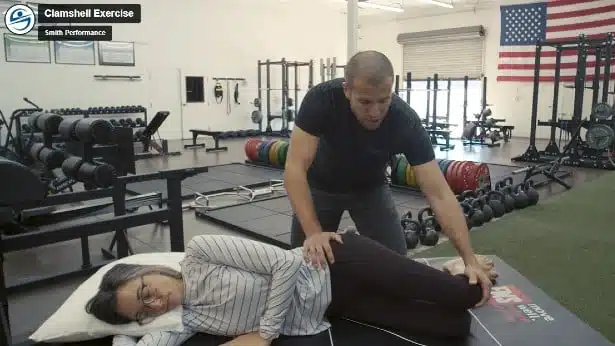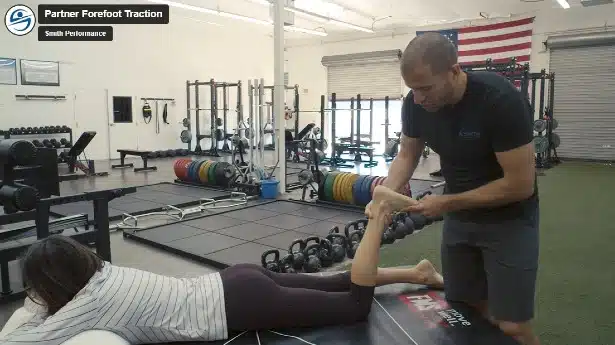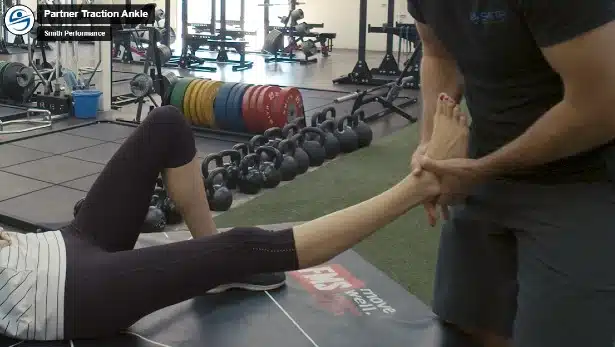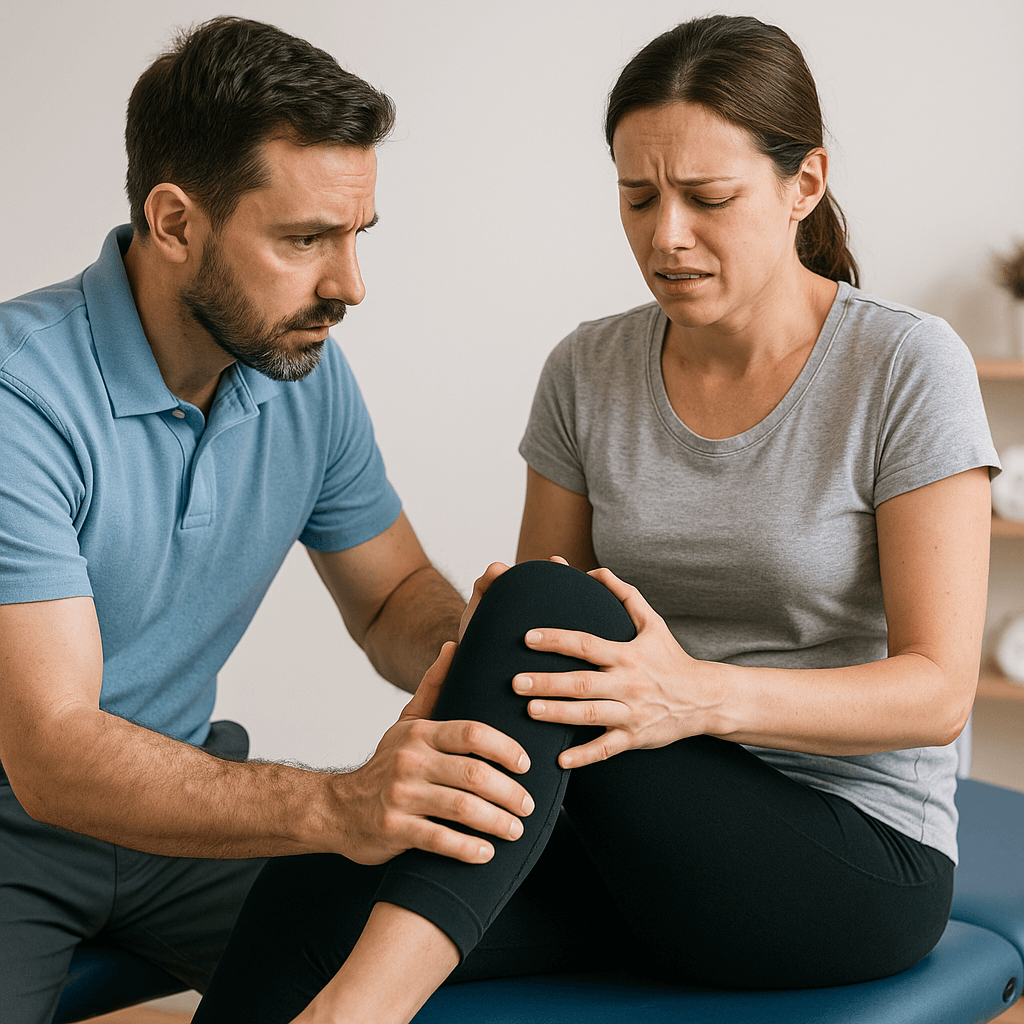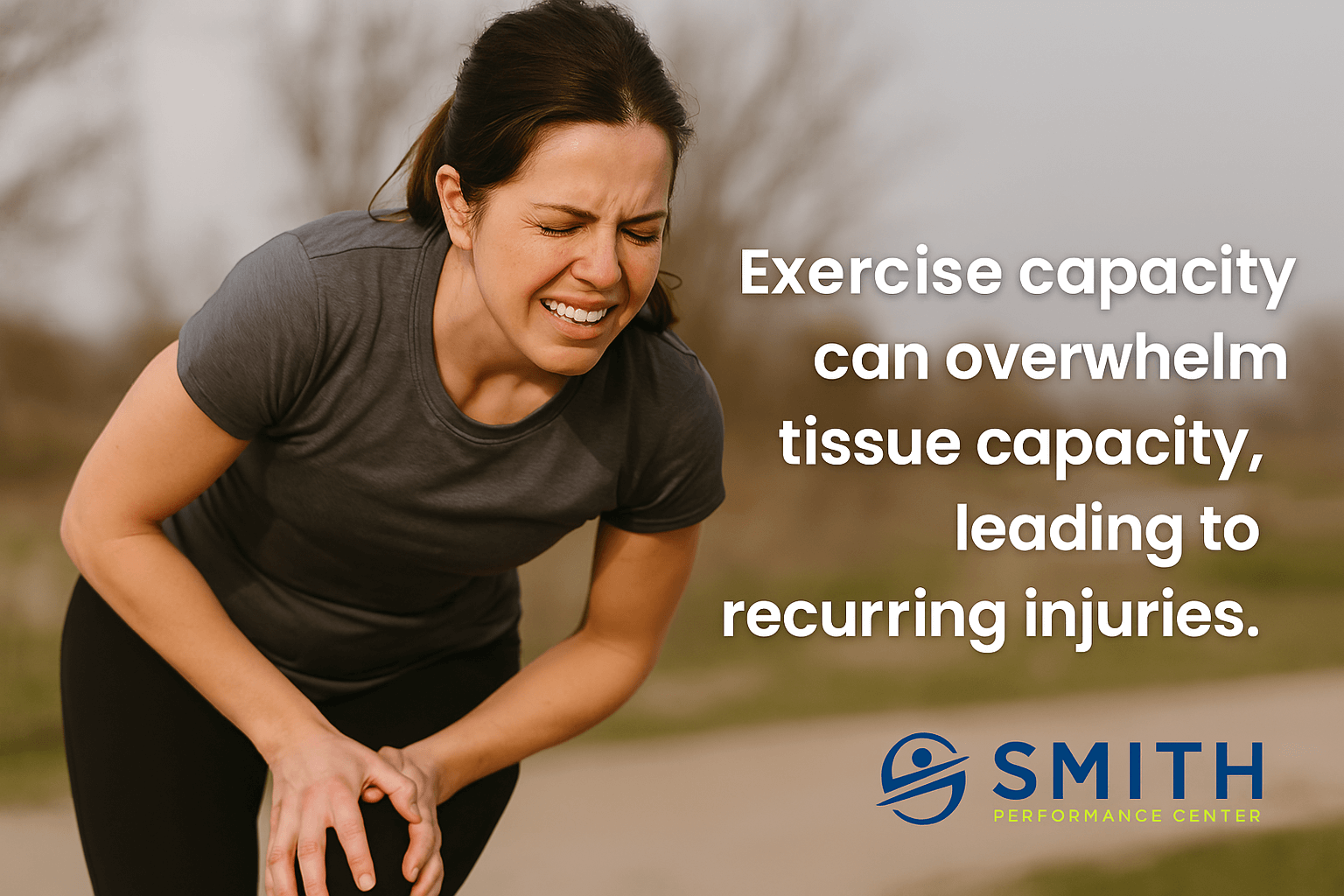Smith Performance Center Blog
Your Trusted Physical Therapy and Strength Training Blog for Injury Rehab and Pain Management
Welcome to the physical therapy blog from Smith Performance Center—your source for expert guidance on injury recovery, pain management, strength training, and sustainable health habits. Whether you’re managing chronic pain, recovering from surgery, or building long-term fitness, our team shares actionable strategies backed by clinical experience and real-world success. Stay up to date with new posts on rehab phases, movement progression, exercise programming, and the science behind making healthcare work for you.

The 5 Big Problems Facing Clients with Pain and Injury Who Want to Get Back to an Active Lifestyle
By defining the problem, you know where to start during rehab and developing an active lifestyle. Once you know your problem, you can focus on what needs to solve it.
Read MoreThe 8 Reasons All HHP Clients Go Through a Movement Assessment
There is an entire area of research devoted to what behaviors keep people moving and what makes them stop. Keeping people active is not simple and there are numerous reasons why a person will stop.
The purpose of the movement assessment is to figure out issues that will stop you from moving.
Read More7 Signs Your Heel Pain Is Not Coming From Your Plantar Fascia
As a general rule, you will be diagnosed with plantar fasciitis if you have heel pain. I have not seen a patient reporting heel pain that was diagnosed with anything other than plantar fasciitis for the last 5 years.
This is not the only structure on the bottom of the foot that can cause pain.
Read MoreUnderstanding Vestibular Issues
When it comes to dizziness and balance issues, few areas of physical therapy are as fascinating and misunderstood as vestibular rehabilitation. Dr. Alex Griffis, PT, DPT, sheds light on common conditions like Benign Paroxysmal Positional Vertigo (BPPV) and the surprising role of vision and proprioception in maintaining balance. With techniques like habituation training, he helps patients regain control over their symptoms. If you’ve been struggling with unexplained falls or dizziness, discover how a multi-layered approach at Smith Performance Center can help you regain confidence and improve your quality of life.
Read More



